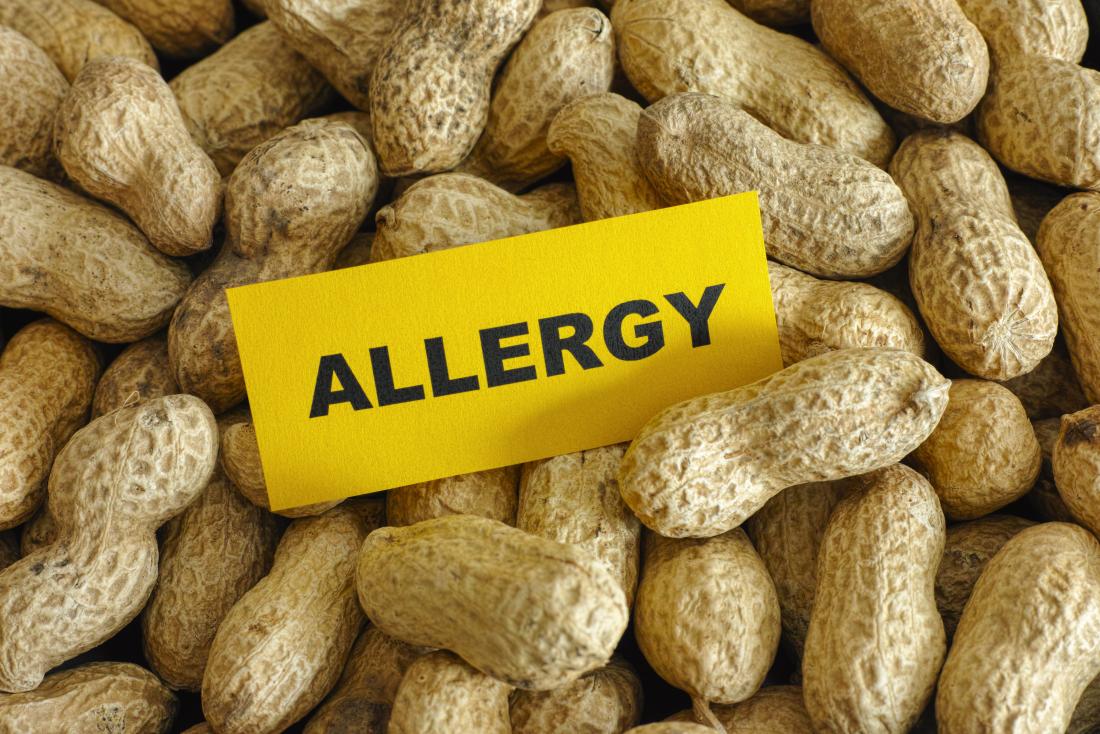Malaria, caused by Plasmodium falciparum, remains one of the deadliest infectious diseases, killing roughly 600,000 people every year, most of them young children in sub-Saharan Africa. Over time, people exposed to repeated infections develop partial immunity to severe malaria. This protection depends on antibodies that block the parasite’s PfEMP1 adhesion proteins from attaching to the endothelial protein C receptor (EPCR) on blood vessel walls—a critical step in the development of severe disease.
In a collaborative effort, scientists from Tanzania’s National Institute for Medical Research and the University of Copenhagen identified plasma donors whose immune systems could block many different PfEMP1 variants from binding to EPCR.
With support from Canadian biotech firm Rapid Novor, the team used its REpAb® antibody discovery platform to determine the amino acid sequence of a naturally occurring monoclonal antibody capable of broadly inhibiting diverse PfEMP1 proteins. Significantly, this marks the first time mass spectrometry has been applied to pinpoint a functional plasma antibody naturally acquired through infection.
Protein structure studies, conducted in partnership with The Scripps Research Institute in California, revealed how this broadly neutralizing antibody attaches to conserved sites shared by different PfEMP1 proteins, effectively preventing parasite adhesion.
“By sequencing a naturally produced antibody and visualizing how it binds, we gain valuable insight into how protective immunity to malaria develops,” explains Louise Turner, Senior Scientist at the University of Copenhagen.
Professor Thomas Lavstsen adds, “This method allows us to directly identify potent inhibitory antibodies from people naturally exposed to malaria. Such insights not only help us understand how immunity arises but also provide a strong starting point for designing next-generation malaria vaccines.”
These findings open the door to targeted vaccine research by revealing naturally occurring antibodies that can block a broad spectrum of dangerous malaria proteins.








